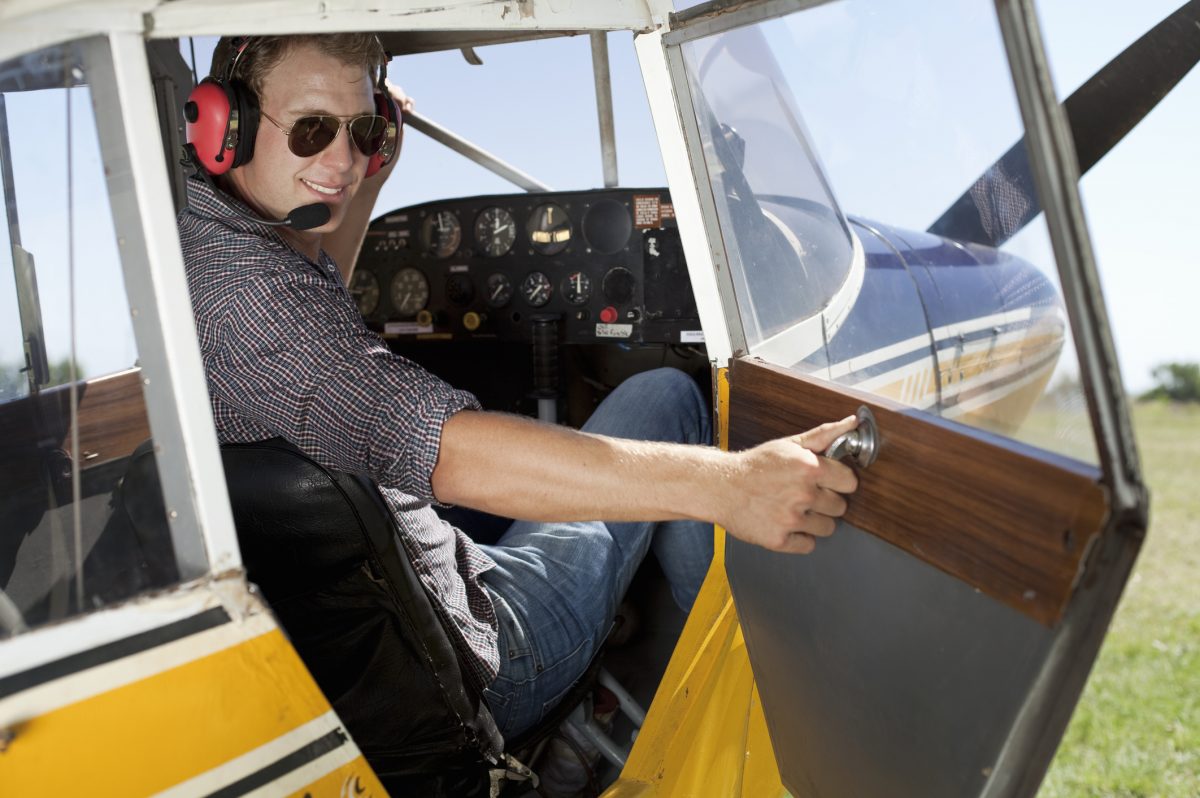
Have you taken a hiatus from flying? If so, you’re not alone. According to AOPA, a growing number of pilots – about 500,000 – take a breather from flying. For many general aviation pilots, flying can take a backseat in life as they experience changes like a growing family, changing career, or even a medical concern. If it’s been a while since you’ve spent time in the cockpit, now is a great time to return to flight! Here are a few things rusty pilots need to know as they get back into flying.
Once you’re a pilot, you’re always a pilot
The belief that getting back into flying will be a long or complicated process can prevent many inactive pilots from returning to flight, and it’s a common misconception that lapsed pilots have to retake their written exam or complete another checkride with an FAA inspector. In the United States, private pilot certificates never expire. All you need to get back into the left seat is a current Flight Review with a certified flight instructor, which generally consists of a minimum of 1 hour of flight training and 1 hour of ground training.
Medical requirements
In addition to obtaining a current Flight Review, lapsed pilots will also need to have a current medical certificate or apply to fly under FAA’s BasicMed rules. A medical certificate isn’t usually required if you plan on limiting your flying privileges to a sport pilot certificate.
Staying current
If you want to carry passengers, you’ll need to complete a minimum of three takeoffs and three landings within the previous 90 days, according to FAR 61.57. And if you want to return to night passenger carrying, the landings have to be to a full stop at night.
If you’re an inactive instrument-rated pilot, there are additional requirements to meet before you legally can fly IFR. According to FAR 61.67, in the previous six months, you’ll need to complete an instrument proficiency check, or you must have completed six actual or simulated IMC approaches, intercepted and tracked navaid courses, and practiced holding procedures.
Maintaining proficiency
Meeting the above minimum requirements will ensure you can legally return to flying, but staying legal doesn’t necessarily mean that a lapsed pilot will be as safe, comfortable, and proficient as possible upon returning to the skies. Staying proficient and safe depends on a commitment to practice, training, and studying. Make a plan to refresh your aviation knowledge and become familiar with any aviation procedures and regulations that may have changed while you were inactive. Spend time with a CFI and ask plenty of questions. You can even practice some good old-fashioned chair flying as you mentally prepare to fly again. There are also a wealth of resources including online courses, apps, videos, and seminars available to help rusty or inactive pilots regain proficiency.